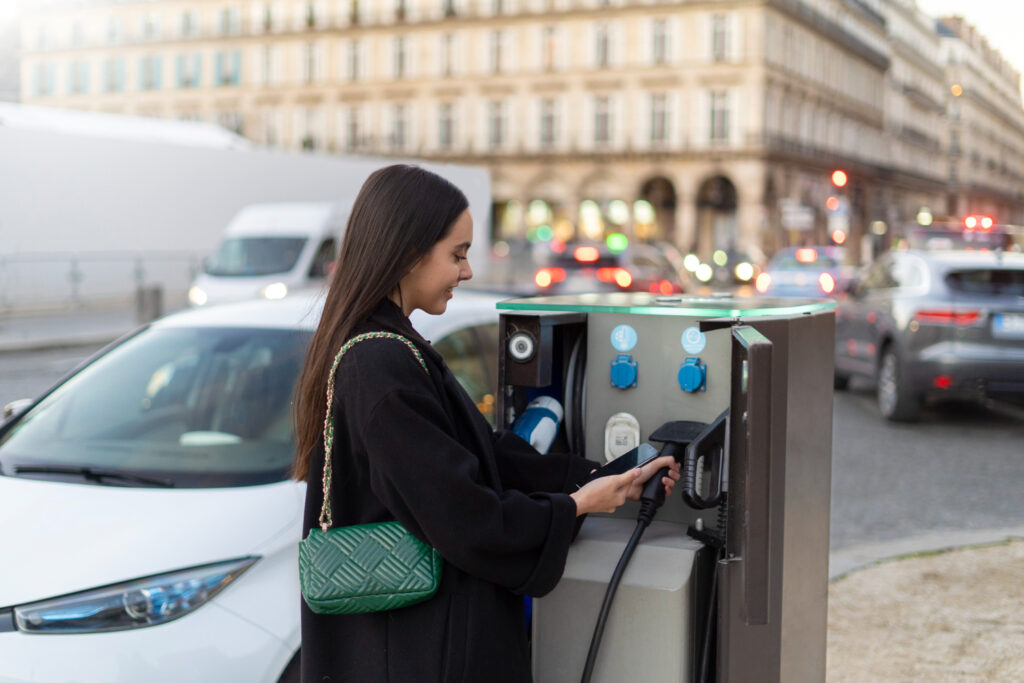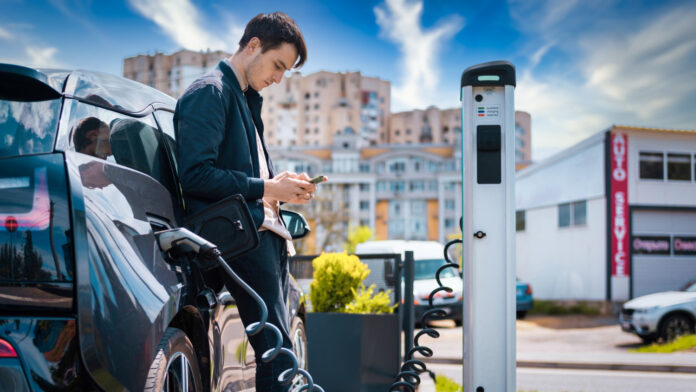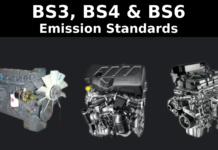With fuel prices rising, environmental concerns growing, and EV technology advancing rapidly, many car buyers are asking the big question: Is it time to switch to an electric car? The EV revolution is in full swing, offering cleaner, smarter, and more cost-effective alternatives to traditional fuel-powered vehicles. But is switching to an electric car the right choice for you? From cost savings and charging infrastructure to battery life and government incentives, this guide will break down everything you need to know before making the switch to electric.
Factors to Consider Before Switching to an Electric Car

Before making the switch to an electric car, it’s important to weigh several key factors that could impact your decision. From understanding the upfront price and long-term savings to evaluating the availability of charging stations and the range of the vehicle, each aspect plays a role in your EV experience. Additionally, consider the environmental benefits, government incentives, maintenance costs, and overall driving feel to ensure the transition is smooth and beneficial for your lifestyle.
1. Price Tag vs. Savings down the Road

Electric cars in India can feel like a punch to the budget upfront. A Tata Nexon EV starts around ₹14-17 lakh, while petrol Maruti Dzire is closer to ₹7-9 lakh. But wait, petrol’s hovering at ₹100-110 per litre in 2025, and electricity costs just ₹5-10 per unit. For a daily 50 km commute, you could save ₹50,000-70,000 a year on fuel. Plus, no oil changes or clutch repairs means lower upkeep costs. If you’re keeping your car for 5-7 years (like most of us do), that initial hit starts looking like a smart bet when you switch to an electric car.
Pro Tip: Look at second-hand EVs-batteries come with 8-year warranties, so a 2-year-old Nexon EV could save you lakhs and still run like a champ.
2. Charging Stations

Charging infrastructure is growing, but it’s not perfect yet. By April 2025, India has about 20,000 public chargers mostly in cities like Delhi, Bangalore, and Pune. Highways are catching up, with spots on the Delhi-Mumbai route and NH-44, but rural areas are still a work in progress. If you’ve got a garage or parking spot, a home charger (₹50,000–80,000 to install) is a game-changer plug in at night, full battery by morning.
While public charging stations are on the rise, finding one when you’re on the go can still be a challenge, especially in less urbanized areas. To help you locate the nearest EV charging stations, you can use the EV Locator Tool. This tool allows you to easily search for charging points across India, helping you plan your trips with confidence and ensure you’re never caught without a charge when you need it most.
3. Range and Battery

Range anxiety hits hard when you’re stuck in traffic or planning a weekend getaway. Most Indian EVs in 2025 like the Nexon EV (400 km) or Mahindra XUV400 (375 km) cover your daily needs (Indians drive 30-50 km/day on average). Monsoon or summer heat can trim 10-20% off that range, so plan accordingly. Batteries last 8-12 years here, even with our bumpy roads and dusty air. Long trips to Goa or Shimla you’ll need to map chargers, but it’s doable.
Pro Tip: Some EVs now offer battery-as-a-service rent the battery monthly to cut the upfront cost.
4. Eco-Friendly Factor

India’s air pollution is no joke Delhi’s AQI often crosses 300, and EVs can help. No tailpipe smoke means cleaner streets, but here’s the catch: 60% of our electricity still comes from coal. Still, EVs emit 30-50% less carbon than petrol cars over their life, and as solar and wind power grow (hello, Gujarat!), that gap widens. Battery production isn’t spotless, but recycling is picking up by 2030, we might reuse 90% of old batteries.
5. Government Subsidies

The FAME II scheme in 2025 offers up to ₹1.5 lakh off on EVs, plus states like Tamil Nadu and Maharashtra throw in road tax waivers (₹50,000-1 lakh saved). Delhi even gives a ₹5,000 cashback for the first 1,000 buyers each month! Charging rates are cheaper too some states cap it at ₹6/unit for EVs. Check your state’s transport website, because these deals can change faster than monsoon weather. Check out the official FAME India Scheme for details on government incentives for EV buyers.
Pro Tip: Two-wheelers like Ather or Ola EVs get subsidies too perfect if cars aren’t your thing yet.
6. Maintenance
Say goodbye to oil changes, radiator fixes, or silencer repairs. You’re just looking at tyres, brakes, and battery checks. Service cost is about 40–50% less than a petrol car think ₹5,000-7,000/year vs ₹15,000+. Battery replacement (₹5–10 lakh) isn’t cheap if it’s out of warranty, but most come with 8-year coverage. Brands like Tata even offer doorstep service now!
7. Driving Feel
EVs are a thrill silent, smooth, and quick off the mark. That instant pickup beats weaving through Bangalore traffic on a petrol scooter any day. No gear shifts, just pure flow. Long drives need planning fast chargers (30-60 minutes) aren’t as quick as a 5-minute fuel stop but the quiet ride and zero vibrations. Test drive an EV you’ll either love the sci-fi vibe or miss the petrol engine’s roar.
Conclusion
Switch to an electric car is more than just a trend it’s a step toward a sustainable and cost-efficient future. With lower running costs, government incentives, and an expanding charging network, EVs are becoming more practical than ever. However, your choice should be based on your driving habits, infrastructure availability, and long-term benefits. If you’re ready to embrace the future of mobility, now might be the perfect time to go electric.
Frequently Asked Questions (FAQs)
Q1. How long does it take to charge an EV in India?
Charging times vary depending on the type of charger used. Home charging using a standard outlet (slow charging) takes around 8-12 hours, making it ideal for overnight charging. If you’re using a fast charger at a shopping mall or highway stop, you can charge up to 80% in 30-60 minutes, giving you enough time to grab a quick chai break while your car powers up.
Q2. Are EVs worth it with India’s high petrol prices?
Yes, with petrol prices hovering around ₹100 per litre, running a petrol car is becoming increasingly expensive. In contrast, EVs cost just ₹1–2 per km to operate, compared to ₹5–7 per km for petrol cars.
Q3. Can I drive an EV from Mumbai to Pune?
Yes, driving an EV from Mumbai to Pune (approximately 150 km) is completely feasible. The expressway has multiple charging stations, ensuring that you won’t run out of charge.
Q4. What if my battery dies after a few years?
EV batteries typically last between 8–12 years, depending on usage and maintenance. While replacing a battery post-warranty can be costly, EV resale values are holding up well, and battery recycling programs are improving. This means you can either sell your old EV for a good price or benefit from upcoming advancements in battery refurbishment.
Q5. Are EVs safe on Indian roads?
Yes, EVs are designed with safety in mind and perform well even on India’s unpredictable roads. Their low center of gravity enhances stability, reducing the risk of rollovers, especially on pothole-ridden roads. Additionally, EVs lack a traditional fuel tank, lowering the chances of fire-related accidents.








